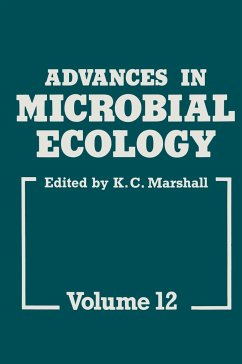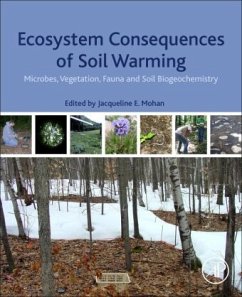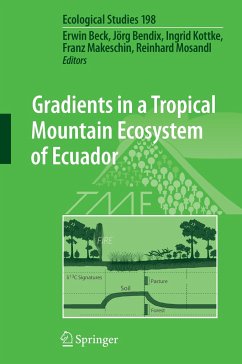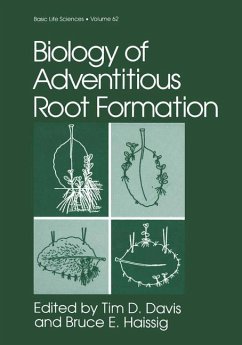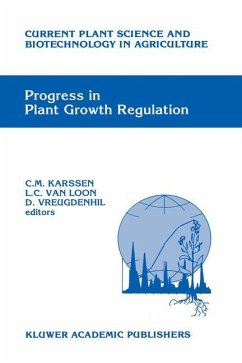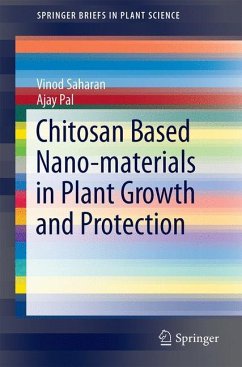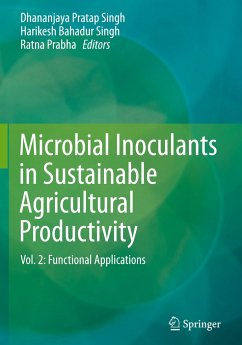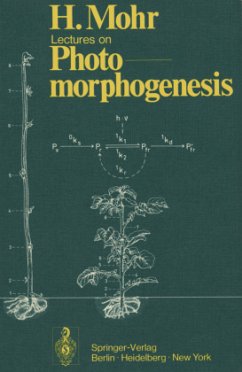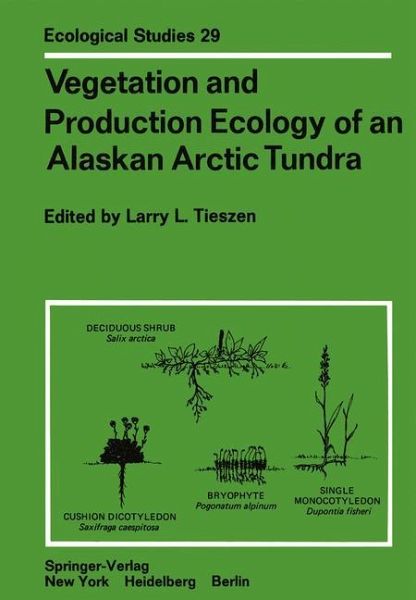
Vegetation and Production Ecology of an Alaskan Arctic Tundra

PAYBACK Punkte
39 °P sammeln!
This volume on botanical research in tundra represents the culmination of four years of intensive and integrated field research centered at Barrow, Alaska. The volume summarizes the most significant results and interpretations of the pri mary producer projects conducted in the U.S. IBP Tundra Biome Program (1970-1974). Original data reports are available from the authors and can serve as detailed references for interested tundra researchers. Also, the results of most projects have been published in numerous papers in various journals. The introduction provides a brief overview of other ecosyst...
This volume on botanical research in tundra represents the culmination of four years of intensive and integrated field research centered at Barrow, Alaska. The volume summarizes the most significant results and interpretations of the pri mary producer projects conducted in the U.S. IBP Tundra Biome Program (1970-1974). Original data reports are available from the authors and can serve as detailed references for interested tundra researchers. Also, the results of most projects have been published in numerous papers in various journals. The introduction provides a brief overview of other ecosystem components. The main body presents the results in three general sections. The summary chapter is an attempt to integrate ideas and information from the previous papers as well as extant literature. In addition, this chapter focuses attention on pro cesses of primary production which should receive increased emphasis. Although this book will not answer all immediate questions, it hopefullywill enhance future understanding of the tundra, particularly as we have studied it in Northern Alaska.





